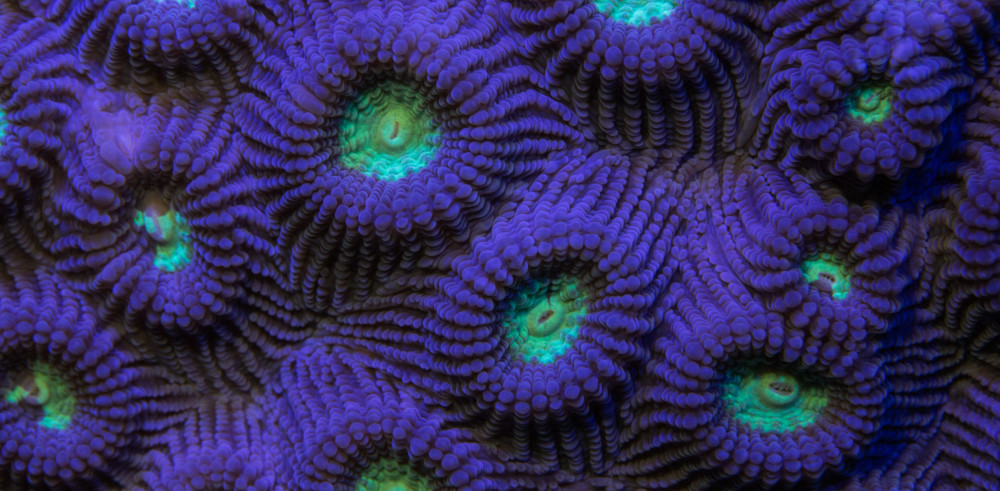When I tell people I am a nature photographer, they often ask me if I have ever seen a Yanbaru kuina. Friends are always so excited to tell me that they found a Yanbaru kuina in central Okinawa. I feel bad telling them the bad news. More than likely, they found a common moorhen. The common moorhen is often mistaken for the Yanbaru kuina.
The Common Moorhen (Gallinula chloropus) has a bright red head shield, yellow legs with distinctive white feathers underneath. The Common moorhen is found near marshes, local parks and small rivers. This bird is very common in Okinawa
- Scientific name: Gallinula chloropus
- Common Name: Common moorhen
- Distribution: Okinawan wide
- Habitat: City parks, rivers and creeks
- Diet: Vegetation and small aquatic animals
- Average Size: 30 to 37 cm
The Difference: The Yanbaru kuina ( Okinawa rail ) has an orange beak with bright orange legs. The underneath is black with white bars.
The Yanbaru kuina is a flightless bird found in northern Okinawa. It is a protected species and declared a living natural treasure. It is currently listed by the International Union for Conservation of Nature (IUCN) as an endangered species. In 2012 populations of this endemic bird were estimated at 1500 by the Environment Ministry. As of October 2016 populations have declined to 480 mature individuals according to IUCN assessment.
- Scientific name: Hypotaenidia okinawae
- Common Name: Okinawa Rail
- Japanese Name: Yanbaru kuina
- Distribution: Northern Okinawa
- Habitat: Forests
- Diet: Small insects, worms, snails and fruit.
- Average Size: 31cm
- Threats: Habitat loss, and the threat of mongoose and feral cats.
My Mission: To Document and Preserve the Wildlife of the Ryukyu Islands
This site is also designed to help people identify the beautiful animals of Okinawa, basically to serve as an online nature reference guide. If you would like to make a contribution to support my mission, please click on the donation link
Your donations will help conservation initiatives as well as bring solutions to the worldwide pollution issues on our beautiful shorelines. Thank you for your support, Shawn M Miller.
#MakeTheSwitch4Nature




































